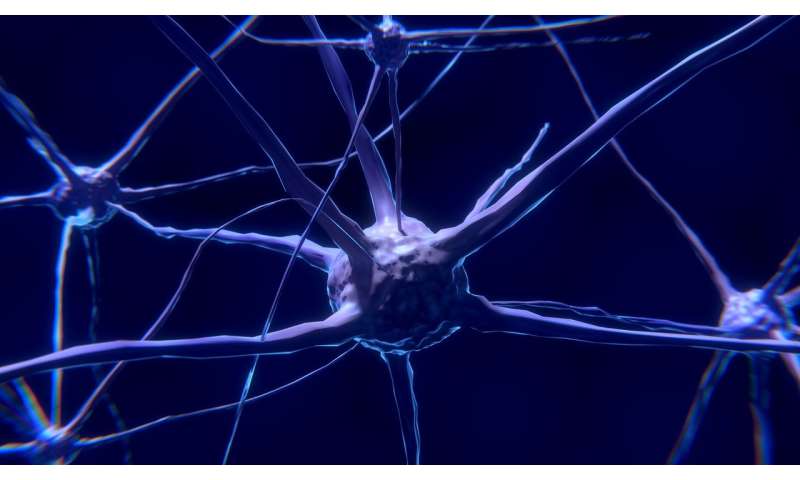
Nearly 40 million people in the U.S. have an anxiety disorder. While treatment options exist, treatment success varies, and many people do not respond to treatment until weeks or months after they begin anti-depressants. Other medications, such as benzodiazepines, can relieve symptoms quickly but can have side effects and risks, especially if taken over a longer term. Better treatment is needed but the search for new therapies has lagged over the decades, in part because of the limitations of preclinical models. Investigators from Brigham and Women’s Hospital have taken a new approach to the search, developing a rational, computationally inspired method for the preclinical study of anxiety. The team’s efforts have been fruitful, uncovering more than 209 genes, whose activity change across anxiety categories, as well as new targets for drug development. Results are published in Translational Psychiatry.
“Treatment for acute, in-the-moment anxiety hasn’t evolved much in the last 50 years, and that’s in part due to the challenges of recapitulating human anxiety in preclinical models and the petri dish,” said co-corresponding author Ilana Braun, MD, chief of the Psychosocial Oncology Service in the Department of Psychiatry at the Brigham. “Animal models have exaggerated symptoms, and this limits our ability to study anxiety and its neurochemistry.”
To improve the study of anxiety, Braun collaborated with Aaron Goldman, Ph.D., associate bioengineer in the Brigham’s Division of Engineering in Medicine. Goldman, who uses computational modeling to study cancer, saw the opportunity to bring the tools from his field of study to bear on the challenges of studying anxiety disorders.
“In cancer, we use computational models. We take mathematical modeling and computational approaches and marry these together with gene expression RNA sequencing or protein analysis,” said Goldman, a co-corresponding author. “We realized we could take the tools in our lab and apply it to anxiety to develop a more rational way to address the challenges and identify inherent features of anxiety.”
Braun, Goldman and colleagues developed their approach by first studying genetically and developmentally normal mice. The mice performed a series of behavioral tests, and the investigators selected the mouse strain that had the most variance in their performance. They then used computational modeling and RNA sequencing together in a unique fashion to stratify the animals based on their social and behavioral choices, categorizing the mice as having low, medium and high anxiety.
The team found a large degree of molecular variation in the amygdala of the mice, with more than 209 genes that had different levels of activity across the three categories of anxiety. These included changes in genes associated with synaptic plasticity (learning and memory), and genes involved in the expression of hormones such as estradiol (the strongest form of estrogen) and prolactin (a hormone tied to pregnancy and breastfeeding). The team also found changes pointing to G-protein coupled receptors, including one that has been tied to blood vessel formation but never before to anxiety states. The team conducted further analyses to assess highly interconnected sets of genes and potential druggable anxiety targets.
Source: Read Full Article
